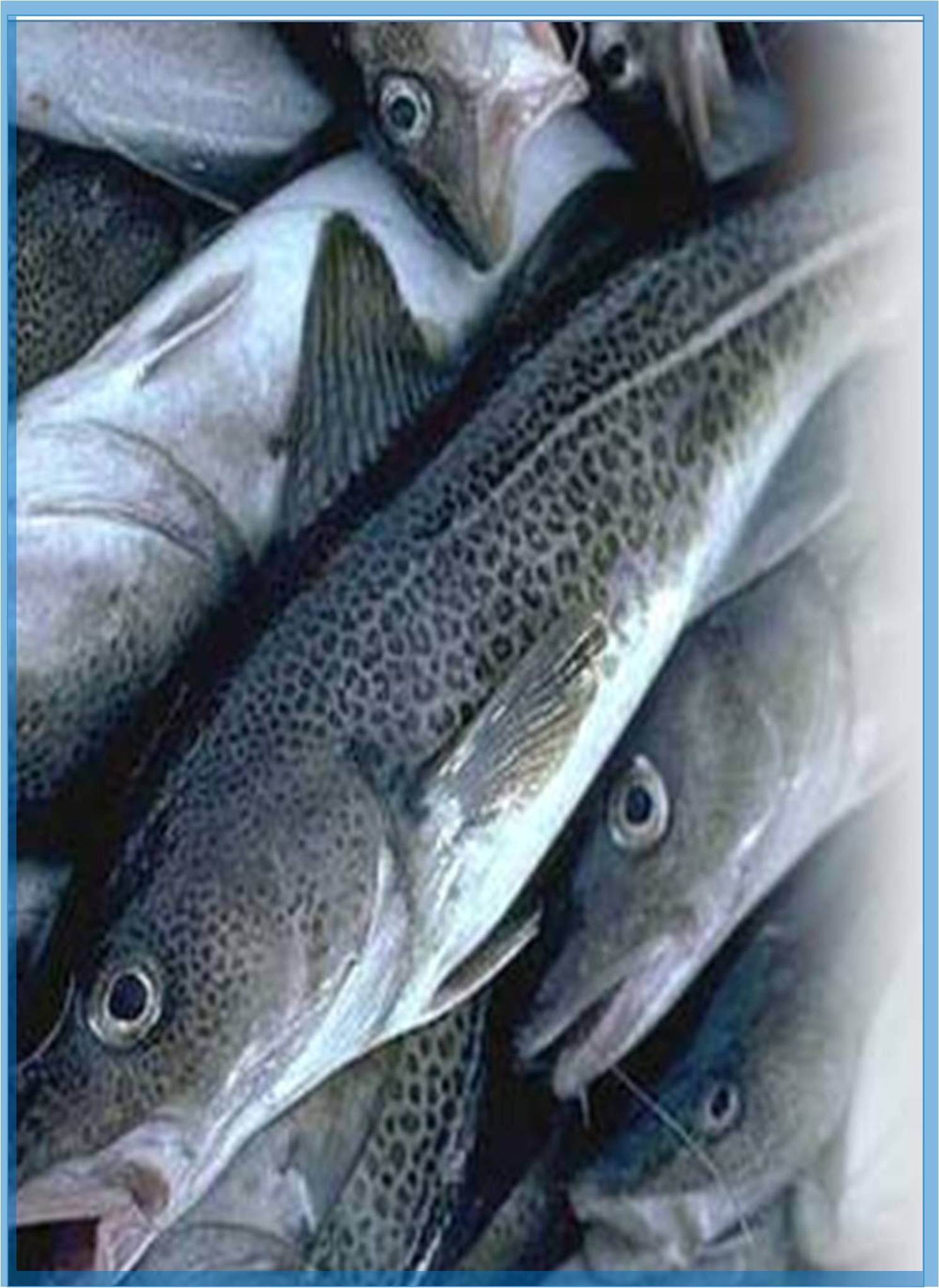



Received: 01-Feb-2022, Manuscript No. GJFA-22-58841; Editor assigned: 03-Feb-2022, Pre QC No. GJFA-22-58841(PQ); Reviewed: 17-Feb-2022, QC No. GJFA-22-58841; Revised: 21-Feb-2022, Manuscript No. GJFA-22-58841(R); Published: 28-Feb-2022, DOI: 10.15651/2408-5464.22.9.075
Water is an atmosphere in which other organisms live besides fish, including numerous species of saprophyte bacteria living sediments and plants, as well as phyto and zooplankton. Some of them colonise the skin, gills, and digestive tract of fish, living there as commensals, supporting digestion and having a useful result on the immune system of these animals. These microorganisms could also challenge fish health and so are mentioned to as conditionally pathogenic. Relations between fish, bacteria, and diseases are the subject of many studies conducted around the world. The great interest stimulated by these topics specifies their vital role in fish pathology (Ahne, 1982). However, the expansion of disease is a complex process, dependent not only on bacteria being capable of affecting health disorders, but also on theimmune status of fish, environmental situation, and virulence of the disease agent. Therefore, modifications occurring in freshwater ecosystems appear to be important in the development of any disease, including emerging ones (Al-Harbi , 2005).
The growth of a particular fish disease depends mostly on the climate, prevailing in an assumed zone, region, or country. This means that different health problems arise in fish cultured in the Mediterranean Sea, in mainland Europe and in Northern European countries.
Bacterial infections occurring in freshwater fish
Aeromonas infections: Aeromonas spp. are usually found in various environs including water, and therefore fish are continuously exposed to bacteria. During the last five years in Poland, health disorders caused by Aeromonas species were frequently detected in carp (Cyprinus carpioL.) and were usually displayed by skin lesions (MAI) in the form of ulceration. Fish mortalities were also observed. Aeromonas species are also part of the physiological microflora of the fish intestine (Austin , 2016).
Pseudomonas infections: Pseudomonas spp. is extensive in the environment, starting a very huge group of microorganisms. These psychrophilic bacteria grow well at low temperatures and are the leading microflora. At higher temperatures (above 10ºC), they are rapidly substituted by competing, mesophilic microorganisms, including bacteria of the genus Aeromonas.
Flavobacterium infections: Flavobacterium spp. certainly occur in the aquatic atmosphere. These bacteria are also a part of the physiological gill microflora of healthy fish. Though, the reservoirs of these bacteria as a foundation of possible disorders for fish have not been yet recognized. Comparatively often during the last ten years, Flavobacterium spp. have been isolated from salmonids and cyprinids on Polish farms where clinical symptoms of the disease were observed in the fish. The first documented outbreak of CWD in Poland was found in rainbow trout (Bernad , 2004) .
Acinetobacter infections: Bacterial fish diseases are normally caused by conditionally pathogenic microorganisms. One of them is Acinetobacter spp., which is widely dispersed in nature, including the aquatic environment. In current years in Poland, these microorganisms have been isolated from trout and carp quite often. Detection was in fish in which sickness symptoms were observed in different seasons, most often in May and September. Clinically, depigmentation of the loss of scales, skin, exophthalmia with congestion of the eye, and gill petechiae were observed in diseased trout. Haemorrhages in the skin and gill mobbing were noted in infected carp, and post-mortem examination showed intestinal swelling in both fish species. Disease symptoms were escorted by mortalities, ranging from 5% to 20%.
Shewanella putrefaciens infections: For over 10 years, shewanelloses have been severe diseases of freshwater cultured fish. The aetiological agent, Shewanella putrefaciens, is a halophilic bacterium and very well known as a vital microorganism of the food spoilage method. It mostly spoils fish stored at low temperatures, but also poultry meat and beef products. This bacterium has also been isolated from brackish and marine waters,as well as from marine fish. The first bacterium segregations from diseased freshwater fish were defined by Kozińska and Pękala. Infection promptly spread and health complaints were noticed among different fish species, both cultured and ornamental: common carp, European eel, brown trout, silver carp, European whitefish, sander, ide, common roach, zebrafish, slender krib, least killifish, and koi carp (Becker, 2008) .
Changes occurring in freshwater ecosystems seem to be fundamental in the development of all microorganisms, including those pathogenic to fish. This has been especially evident in recent years during which dynamic variations in bacterial fish pathology have been observed.